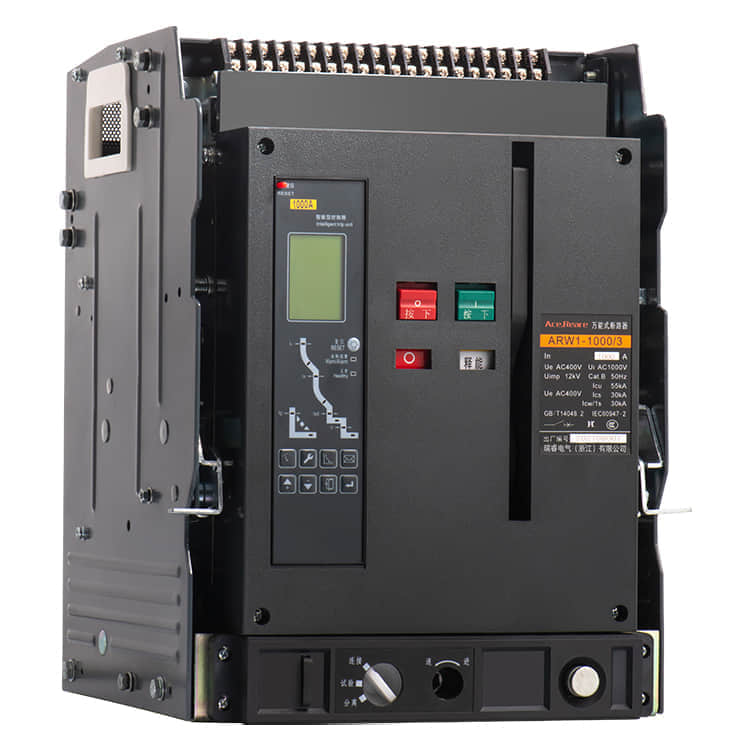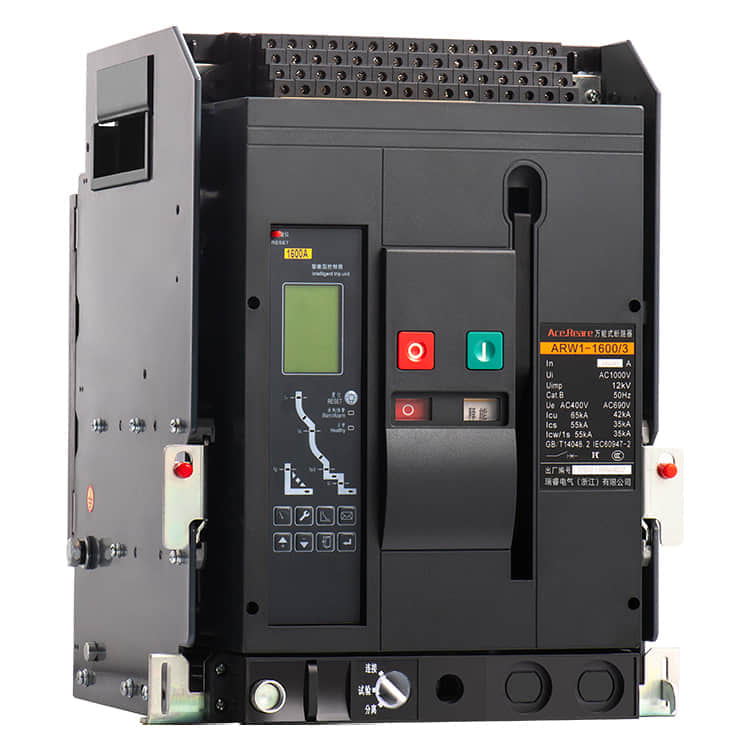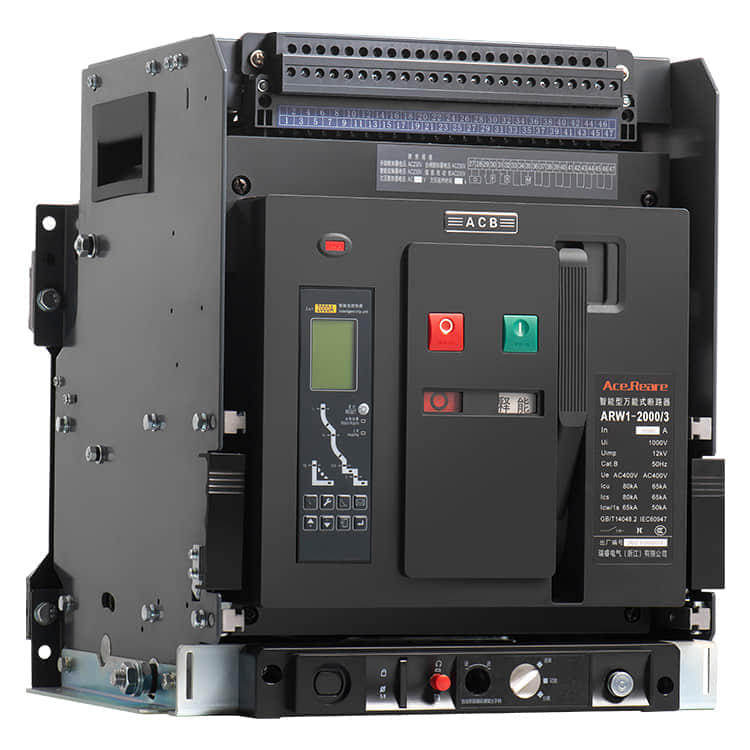In the realm of electrical engineering, circuit breakers play a pivotal role in safeguarding both people and equipment from potential hazards caused by electrical faults. Among the various types of circuit breakers, Air Circuit Breakers (ACBs) have emerged as an essential component in modern power distribution systems due to their remarkable capabilities in ensuring electrical safety and enhancing system efficiency.

ACB breakers are designed to interrupt the flow of current in an electrical circuit in the event of an overload, short circuit, or other fault conditions. The key advantage of ACBs lies in their ability to extinguish the electric arc that forms during the interruption process. This arc extinction is crucial, as it prevents the arc from causing damage to the system and ensures a swift and reliable interruption. Over the years, significant advancements have been made in ACB technology, resulting in improved performance and enhanced features.

One of the notable advancements in ACB breaker technology is the integration of microprocessor-based trip units. These intelligent trip units are equipped with sensors and processors that can accurately monitor various electrical parameters in real-time. This technology enables ACBs to provide precise and selective protection by detecting abnormal conditions and initiating the interruption process when necessary. Moreover, microprocessor-based trip units offer advanced communication capabilities, allowing for remote monitoring, control, and diagnostics. This enhances the maintenance process and reduces downtime by enabling prompt actions to be taken based on the data provided by the trip units. Furthermore, modern ACB breakers incorporate advanced protection algorithms that can adapt to different fault scenarios. Traditional ACBs often had fixed protection settings, but with the introduction of adaptive algorithms, these breakers can adjust their settings based on the specific characteristics of the fault. This adaptability not only improves the accuracy of protection but also minimizes unnecessary trips, which can lead to improved system reliability. In terms of safety features, ACB breakers have also seen significant improvements. Arc fault detection and mitigation mechanisms have been integrated into newer ACB designs. Arc faults can pose serious risks, as they generate intense heat and can lead to fires. The incorporation of arc fault detection technology allows ACBs to rapidly detect these dangerous situations and initiate interruption to prevent catastrophic consequences. This is especially crucial in critical installations such as data centers and industrial facilities where the potential for severe damage is high. Another aspect where ACB technology has evolved is in terms of monitoring and maintenance. Condition monitoring systems can continuously assess the health of ACB breakers by analyzing data from sensors embedded within the breaker. This data-driven approach enables predictive maintenance, where potential issues can be identified and addressed before they escalate into major problems. This proactive maintenance strategy can significantly extend the lifespan of ACB breakers and reduce operational costs. In conclusion, the evolution of ACB breaker technology has brought about substantial improvements in electrical safety, system efficiency, and maintenance practices. From microprocessor-based trip units to adaptive protection algorithms and arc fault detection mechanisms, these advancements collectively contribute to a more reliable and robust power distribution infrastructure. As technology continues to progress, we can anticipate further innovations in ACB breaker design, ultimately fostering a safer and more resilient electrical landscape.
